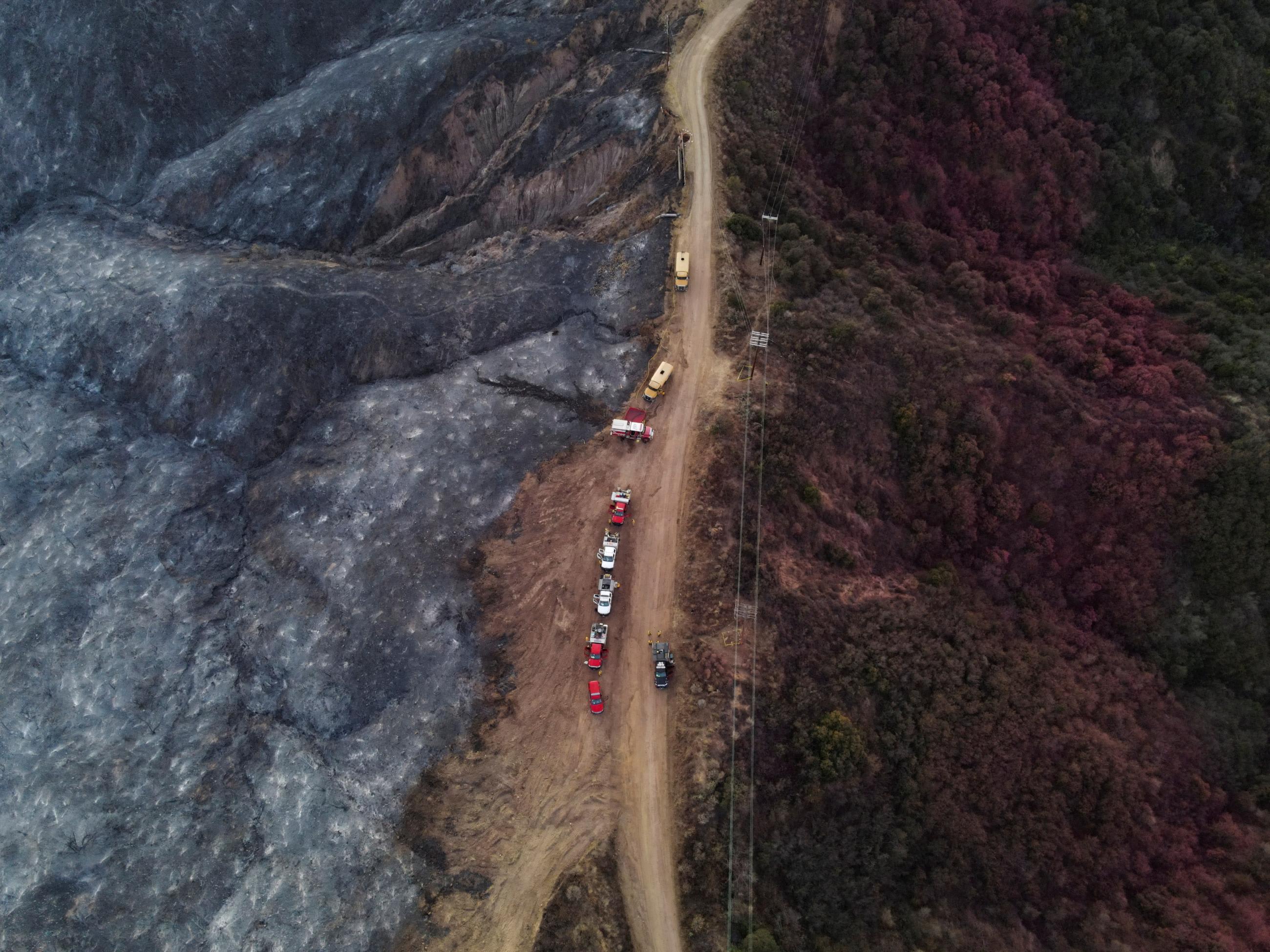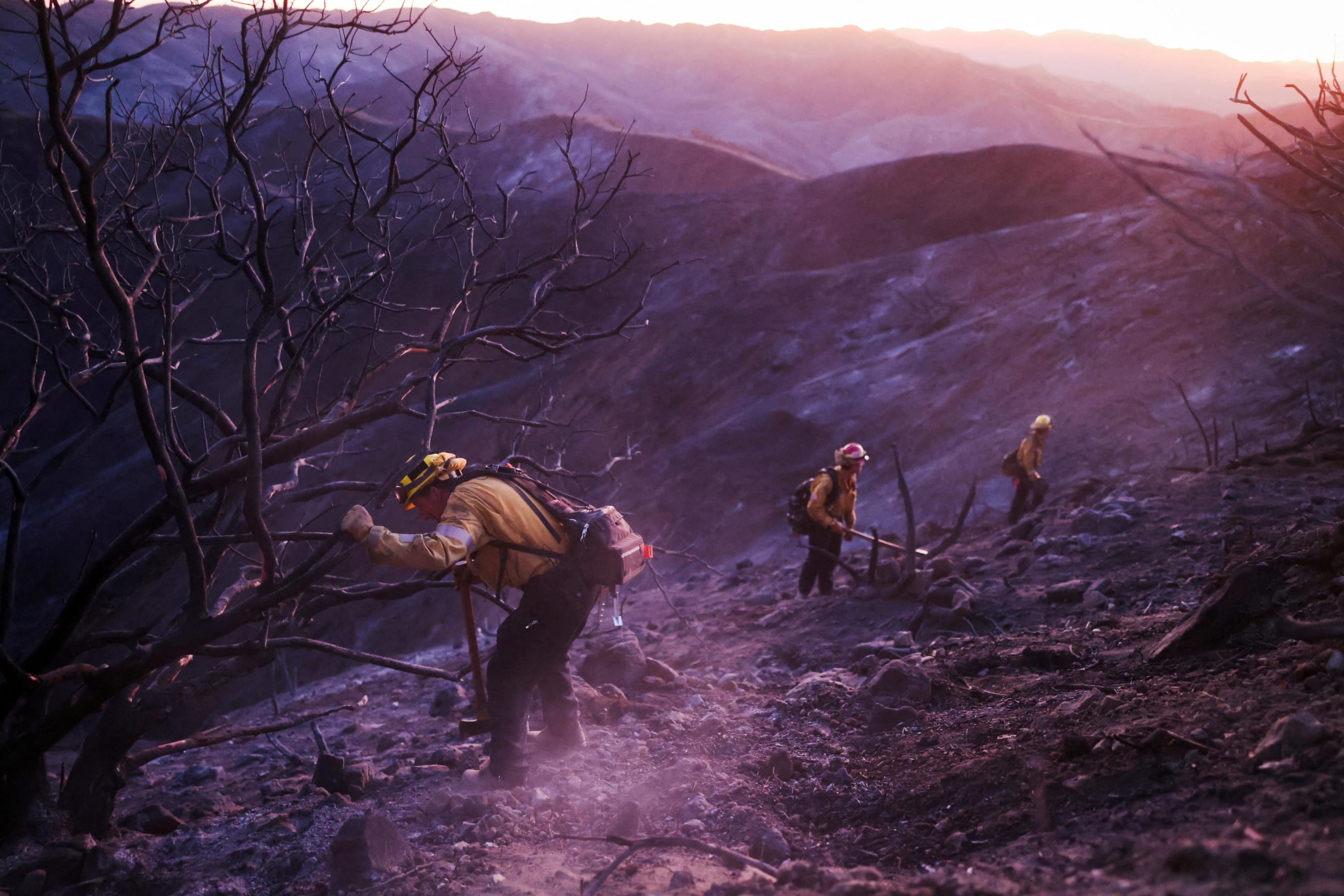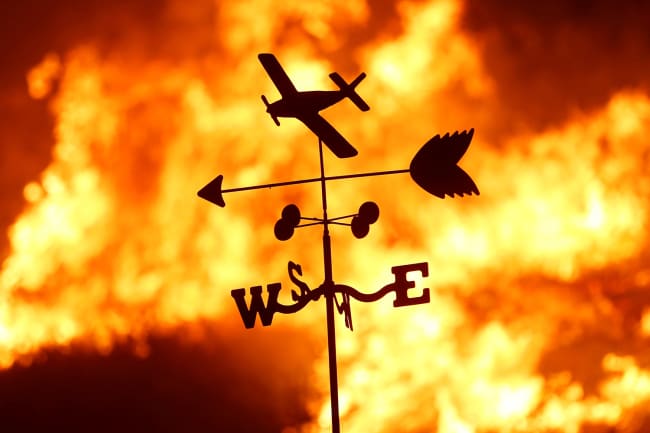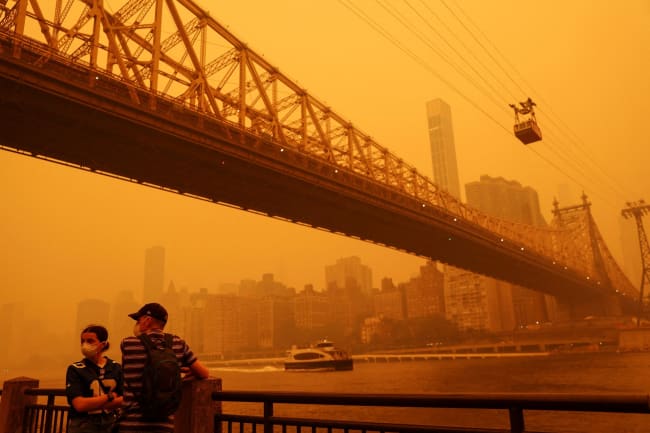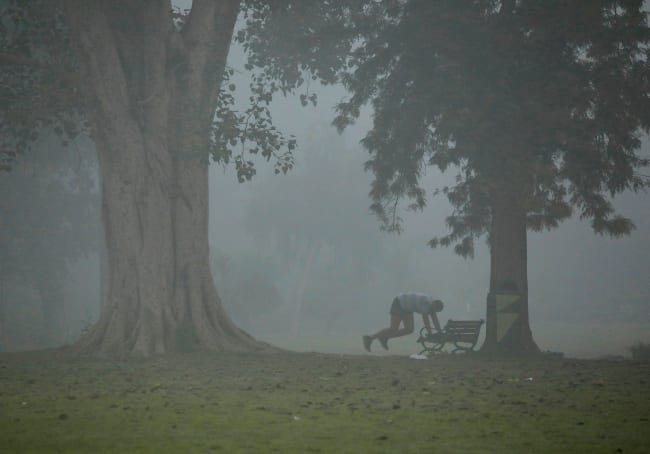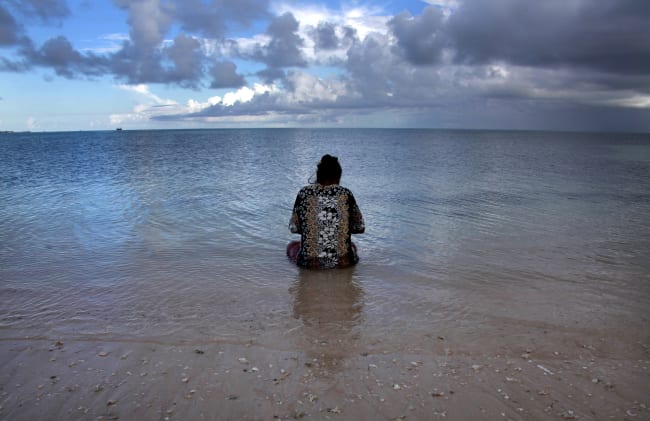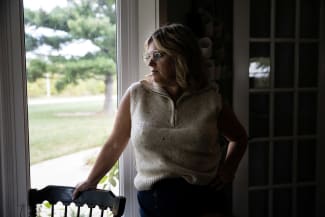The January 2025 Los Angeles fires reveal the damaging health consequences of climate-charged hazards. As a result of the fires, delivery of medical services is imperiled. Dozens of clinics closed and doctors postponed appointments and treatments. High call volumes overwhelmed hospitals. Road closures hindered patient and supply transport, and power outages shut down medical equipment. Evacuees had to leave behind essential prescription drugs. The entire city is still living in a frightened state, forced to pick up the pieces of their lives under heightened stress, depression, trauma, and sleep disturbances.
The devastation in Los Angeles is not a fluke. It is a stark warning of the profound health dangers of extreme weather events wrought by climate change. Lessons from Los Angeles' nightmare should be a catalyst for greater health preparedness generally.
Climate Change Is Making Wildfires Worse
Temperature rise—primarily as the result of burning fossil fuels—has altered the nature of wildfires. Warmer conditions increase fire risk. Water evaporates faster, drying vegetation and soil more quickly. This creates more fuel to feed fires. Earlier snowmelt, deeper droughts, and more extreme heatwaves can affect the spread of fires. From 2001 to 2023, the area burned by forest fires globally increased by about 5.4% per year. In California, wildfire burns have increased by 172% since the 1970s, the rise from 1996 to 2001, a staggering 320%.
How Wildfires Harm Health
Beyond immediate destruction, wildfires produce smoke, soot, toxicants, and particulate matter, all of which have severe health effects. Those include respiratory issues, cardiovascular problems, and other serious conditions, affecting both short- and long-term health. Smoke can travel thousands of miles to distant communities, such as when smoke from wildfires in western Canada descended on the northeastern United States in June 2023.
When wildfires burn in the built environment, the resulting smoke can contain a cocktail of hazardous toxins that contain both large and small particulate matter. As structures burn, plumbing pipes release copper and lead, paint emits toxic chemicals, and burning electronics, gadgets, and plastics add to the toxic mix, creating perilous smoke plumes.
Breathing smoke is a serious health hazard. Wildfire smoke carries both large pollutant particles (PM10) and small (PM2.5). PM10 can reach the upper lungs, irritating the airways, nose, throat, and eyes. PM2.5 can bypass protections within the body, penetrating deep into the lungs and the bloodstream.
Immediate health impacts from smoke inhalation include respiratory issues, eye irritation, preterm births, and exacerbation of preexisting conditions such as asthma and heart disease. During the 2019–20 Australian megafires, smoke exposure led to an estimated 429 deaths, 3,230 hospital admissions for heart and lung issues, and 1,523 emergency visits for asthma.
Inhalation of PM2.5 from wildfires can be 10 times more harmful than inhalation from other sources
Long-term impacts from smoke inhalation can manifest throughout the body. Breathing PM2.5 from wildfires can cause and exacerbate diseases of the skin, eyes, nose, brain and nervous system, lungs, heart, gut, kidney, and liver. It is also associated with premature deaths in the general population and has been shown to lead to cognitive impairment, memory loss, and even dementia. Research about inhalation of PM2.5 from wildfires, such as those in Los Angeles, shows that it can be 10 times more harmful than inhalation from other sources.
Wildfire smoke causes even more harm to vulnerable populations, including children, pregnant women, immunocompromised individuals, and the elderly. Children, with their developing immune systems and smaller airways, are more susceptible to respiratory irritants. Pregnant women and their unborn children may face health consequences including preterm birth complications. Older people are at greater risk of respiratory and cardiovascular complications.
People with disabilities are also more vulnerable. Those with reduced mobility, impaired sight, or hearing difficulties may struggle to evacuate quickly during emergencies. In the Los Angeles fire, media has reported at least three deaths of people with disabilities in their homes. In the 2018 Camp Fire, too, many of the 85 dead were elderly, infirm, or disabled. Public safety power shutoffs, though necessary for fire prevention, can be life threatening for those who depend on electrical medical equipment and assistive technologies, such as an electric lift. Smoke also poses an outsized danger to people with compromised respiratory systems.
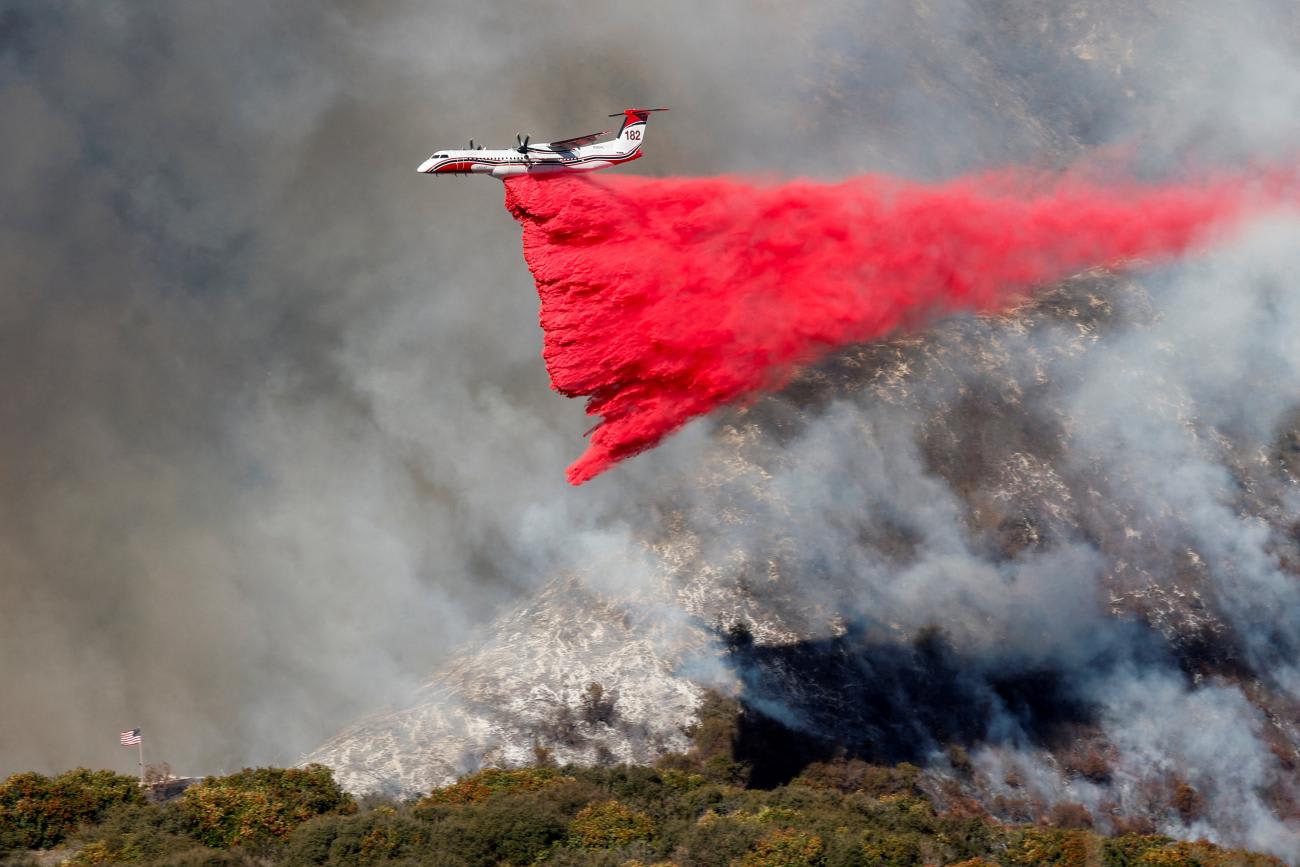
For firefighters, health risks are particularly high. The World Health Organization has classified firefighting as carcinogenic to humans. According to a study following the 2018 Camp Fire in California, firefighters who fought that blaze carried higher levels of toxins in their blood, including carcinogenic flame retardants, and stain and water repellent substances. Firefighters also work in conditions of extreme heat for hours, increasing the risk of heat exhaustion, heat stroke, and long-term health impacts.
Wildfires also impair mental health. Research has shown a significant spike in prescriptions for antidepressants and anxiety medications in the weeks following major wildfires, and emergency departments see an increase in anxiety-related visits. Mental health impacts can persist long after the flames are extinguished, with studies documenting cases of posttraumatic stress disorder lasting anywhere from three months to a decade after a wildfire event.
Ways Forward
As the planet continues warming, unprecedented disasters will become the new reality. Adaptation is a critical part of the solution. Core actions that can be effective include the following.
- Improve early warning systems. Government leaders, in collaboration with the private sector, should work to provide timely and accurate warnings of fires. This is critical for fast-moving fires. CalFire already has wildfire detection capabilities that use artificial intelligence (AI) and sensors to further aid in the detection of outbreaks.
- Provide public information. Government at all levels should make readily accessible information on wildfire risk and how to reduce it. This includes guidance on the need for masks and high-quality air filters for homes, effective ways to reduce wildfire risks to structures, and comprehensive instructions to escape fire.
- Provide firefighters with better protection. The federal government should work with the private sector to develop better protection for firefighters. For example, firefighters do not have access to portable respirators that can both filter the toxins released during structure fires and last for an extended work shift.
- Create clean air environments. Public buildings, particularly hospitals, should have upgraded HVAC systems to filter out harmful particulate matter and smoke toxins. Communities should identify temporary shelters equipped to provide filtered air, similar to cooling centers during heatwaves, and provide access to portable air cleaners to vulnerable populations during and after wildfires.
- Prepare the health-care system. Hospitals and health-care facilities should enhance emergency planning to ensure access to health care during wildfires. Medical schools should provide routine training to health-care professionals on the risks of smoke exposure, including the added toxicity from burning urban structures.
- Practice evacuation. Communities, schools, and workplaces should hold evacuation drills and simulations to make sure that residents understand their best evacuation routes. They should also encourage residents to create evacuation kits.
- Reduce risk of large conflagrations. Communities should focus on reducing fuel loads by, among other things, requiring extensive vegetation clearance, buffer zones, and making structures fire resistant. Fire officials should enhance their efforts to conduct prescribed burns—fires set intentionally in controlled environments to lower wildfire risk and promote healthy ecological growth.
- Conduct more research. The federal government should support more research on the health impacts of wildfires—including mental health—as well as ways to improve public health preparedness and response.
As communities confront an increasingly fiery future, it is crucial to bolster disaster preparedness and resilience at all levels—from federal to local to families—to safeguard the health and well-being of all communities.
